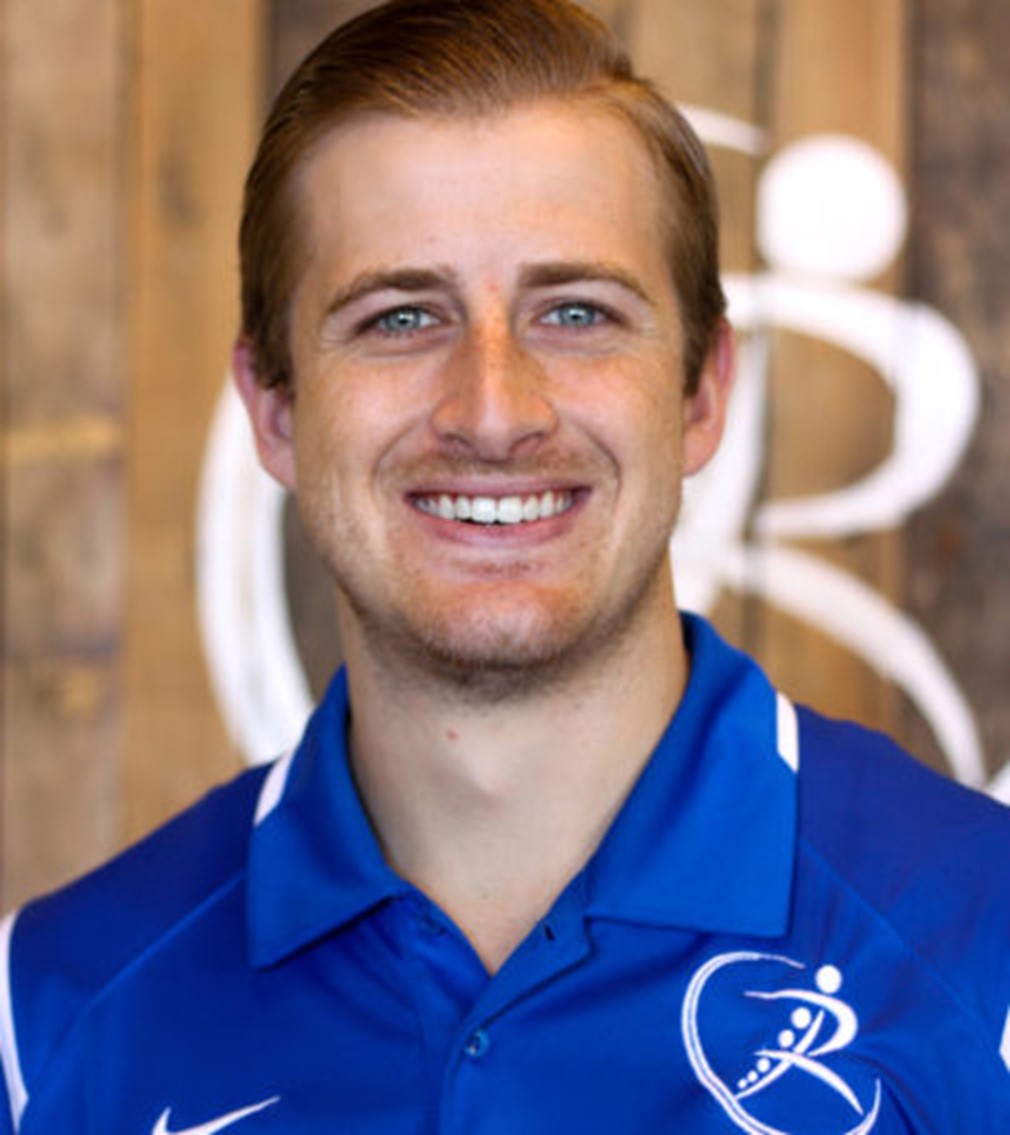If you’ve stuck with me for the first two parts of this blog, you have probably started to pick up on the theme that everything in the body is connected and pain in one area doesn’t necessarily mean that’s the area that is at fault. If you haven’t, go back and read parts 1 and 2 so I don’t beat a dead horse here! In part 2 I talked about how the shoulder can affect the elbow. Now I want to talk about how the spine can have a similar impact.
Baseball and softball players fall under the umbrella of Rotational Athletes, meaning most of their movement (hitting, throwing) requires rotation. The two areas of our body where we can produce the most rotation is a) our spine and b) our hips. If either of these areas lose the ability to rotate, every time we rotate (i.e. throw or hit) we will need to create more mobility somewhere else—and the elbow is usually that place. Let’s look more into the spine itself.
Why thoracic spine?
When looking at your spine, we typical divide it into 3 segments: cervical spine (neck), thoracic spine (midback), and lumbar spine (low back).

When treating rotational athletes, we typical focus in more on thoracic spine as this is the area of your spine you should be getting most of your rotation from when swinging or throwing. If the mobility in this area is limited, your body will compensate by changing the way other body parts function to try and make up for it- this could include the low back, the shoulder, the elbow, etc. Since the thoracic spine is the longest part of your spine and right at the center of your body, it’s crucial for efficient movement.
How to know if the thoracic spine is moving?
When assessing the thoracic spine, I will utilize various movement screens, hands on assessment, and tests/measure to ensure it gets thoroughly assessed. It’s important to ensure that if it indeed is limited, you know WHAT is limiting the motion to get best results with treatment (joints, muscles, fascia, and stability are all things that can limit this just to name a few).
With that being said, a quick test you can do to see if your midback is moving is called the Seated Rotation Test. Simply sit on the edge of a seat with one leg crossed over the other. Whichever way you are rotating, that leg should be on top to ensure we are looking primarily at the spine and not letting the lower body cheat. Put a bat or dowel across your shoulders, and rotate as far as you can as if to look over your shoulder without letting the knees move. Normal measurement would be anywhere from 45-60˚. Anything less than that would be considered limited!


So my spine isn’t moving…now what?
As I alluded to earlier, the best course of action to fix your limitation is to be assessed by a professional (which I can do for you) to determine what the true cause of your mobility limitation is (bone, joint, fascia, stability, etc.) However, I’ll give you something to start with to begin moving your spine some.
Open books are usually my starting point for treating thoracic spine rotation as it is simple and easy, yet effective. Lay on your side with your arms straight out in front of you. Using one hands to hold downs your knees, reach the top hand over top of you while bringing your back to the floor.


Repeat this 15 times on each side, and perform at least once (if not twice) daily to begin promoting better mobility in the spine. This is also something that is great to incorporate into a warmup for throwing, hitting, running, and basically any exercise!

